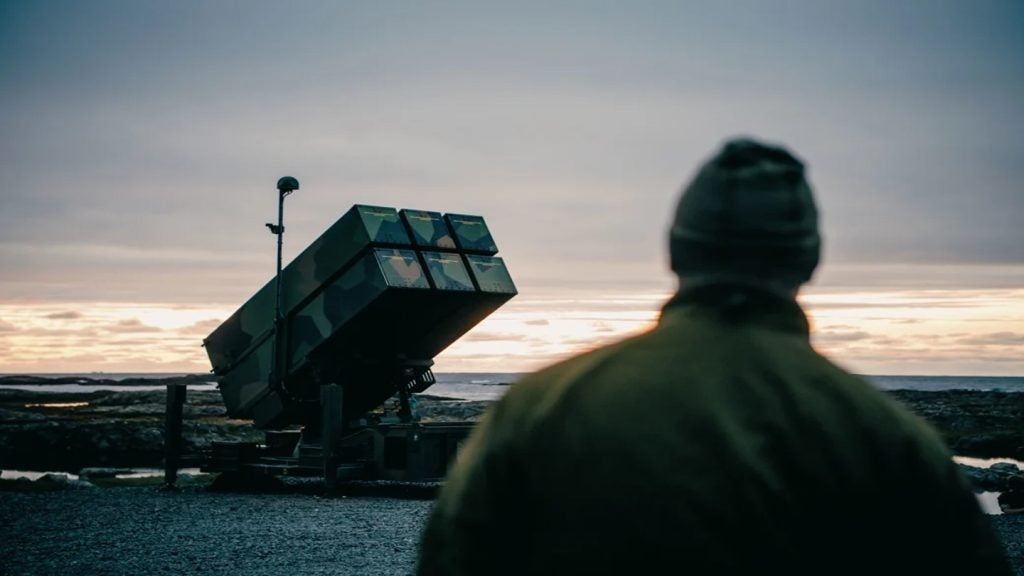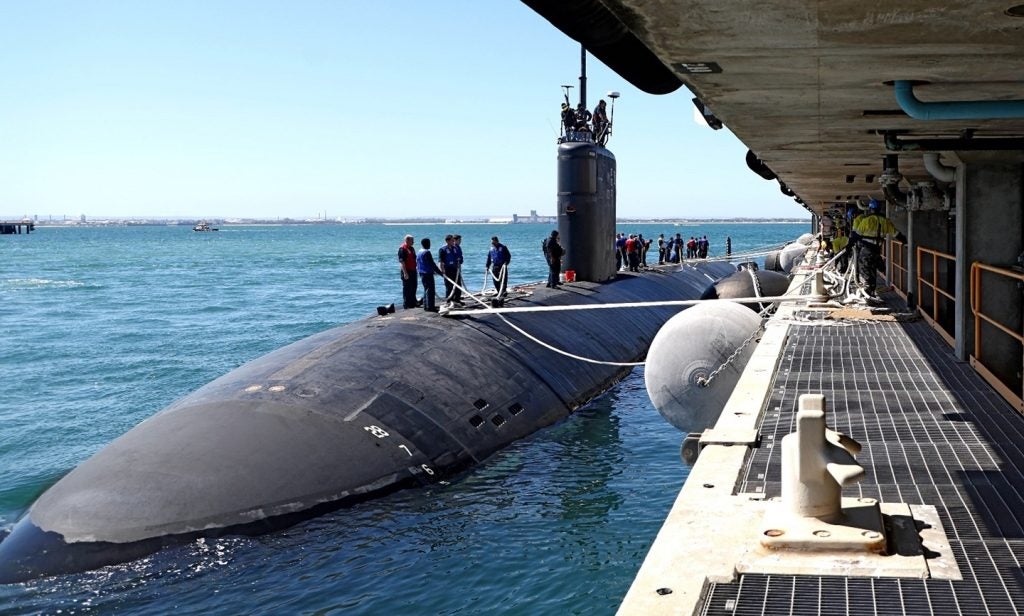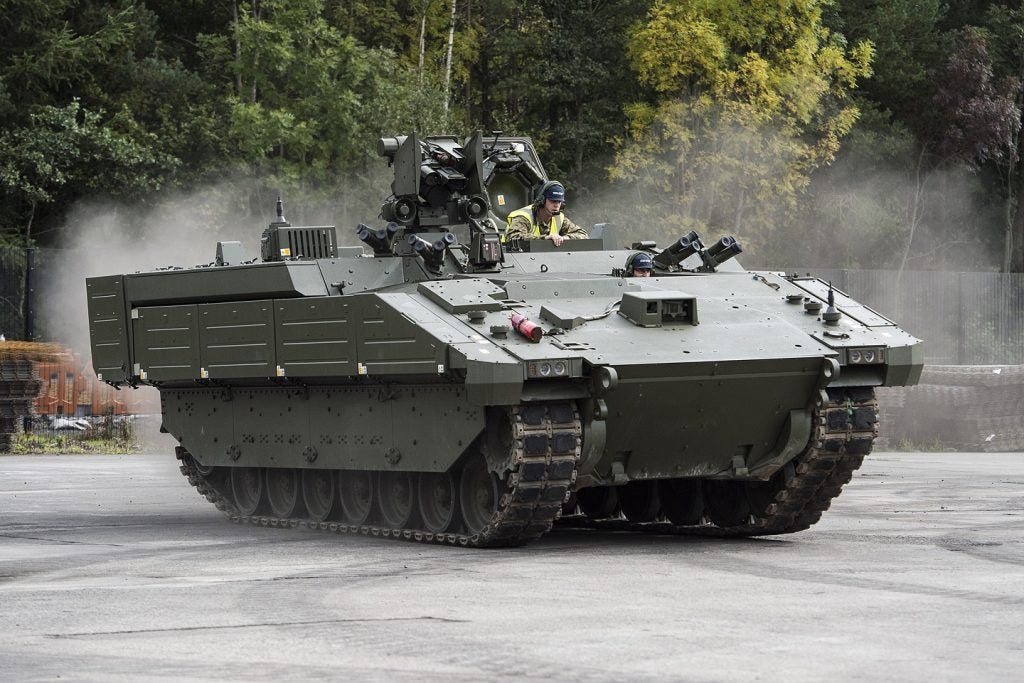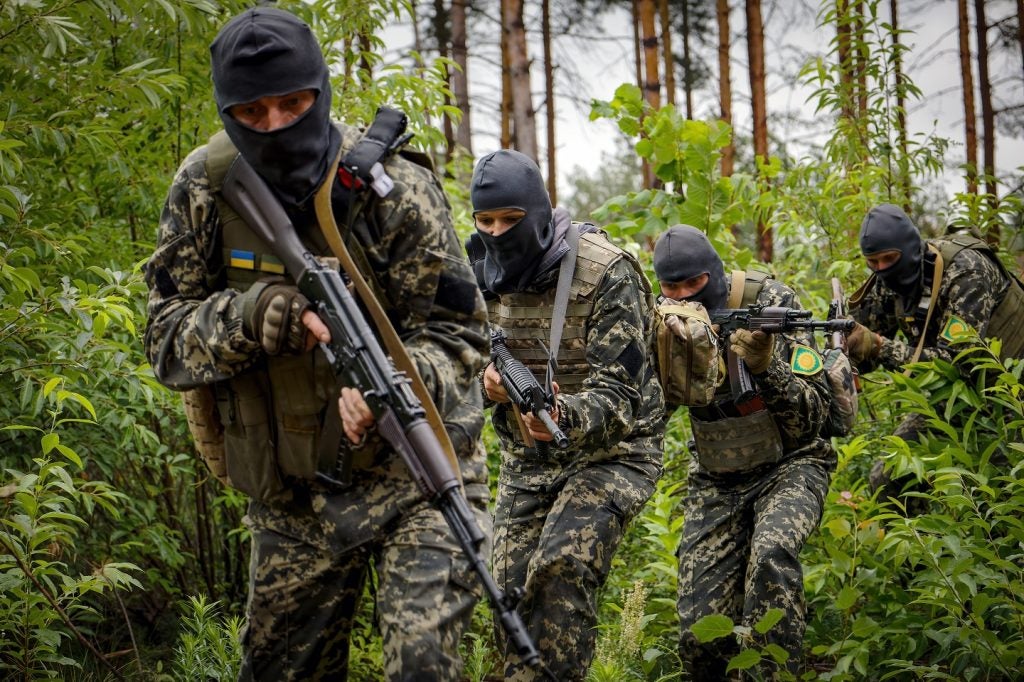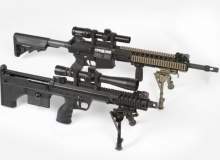
Mobility and agility are essential for the survivability and effectiveness of the infantry soldier. With estimates of the bulk carried by the average troop going as high as 150lbs (68kg) for a three-day patrol, efforts to shed weight are always welcomed. Small arms and ammunition are the most vital and yet heaviest components of this kit.
Despite the recent Nato action in Libya being conducted solely from the air, recent conflicts in Afghanistan and Iraq showed infantry soldiers still contribute a vital role to conflicts through their ability to travel on foot where no vehicles or air support could follow.
In these areas, allied troops faced local enemies with no other burden than the clothes they stood up in, an AK-47 and a few rounds of ammunition, enabling them to travel light and disappear into the surroundings.
While soldiers go to extreme lengths to reduce the weight of their packs, going so far as to eat all their food rations on the first day of patrol, firepower comes first.
Any projects by the armed services to reduce the weight carried have led to soldiers loading themselves up with more ammunition, the one expendable item they would never be caught without.
For this reason, the small arms themselves and associated ammunition have been a key focus of some international soldier modernisation programmes to upgrade and lighten the equipment carried.
How well do you really know your competitors?
Access the most comprehensive Company Profiles on the market, powered by GlobalData. Save hours of research. Gain competitive edge.

Thank you!
Your download email will arrive shortly
Not ready to buy yet? Download a free sample
We are confident about the unique quality of our Company Profiles. However, we want you to make the most beneficial decision for your business, so we offer a free sample that you can download by submitting the below form
By GlobalDataMany of these programmes have recently come to maturity or are in the process of being fielded and have been welcomed with open arms by soldiers. In other cases, other items, such as body armour, are lightened to ensure the weight of the weapon and ammunition are less of a burden.
US Army SAWs weight off machine guns
Following a six-year development process, US Army soldiers have recently carried out an assessment of a light machine gun (LMG) developed under the lightweight small arms technologies (LSAT) programme.
Managed by the joint service small arms program (JSSAP), part of the Army’s Armament Research, Development and Engineering Center (ARDEC), the LMG programme aims to replace the M249 Squad Automatic Weapon (SAW), the standard issue infantry machine gun.
LMG is a gas-operated, air-cooled, belt-fed weapon that fires cased telescope ammunition in variable semi-automatic and fully automatic modes at up to 650 rounds a minute. The gun, together with the 1,000 rounds of ammunition routinely carried by soldiers, is a full 20.4 lbs (9.3kg) lighter than the SAW with the same amount of brass-cased ammunition.
The trials saw about 20 soldiers carry the weapon in a combat patrol-like environment, wearing full combat gear and carrying a fully-loaded rucksack including ammunition on a long march. After this, live fire tests were carried out with half the troops using the current SAW and the other half the new LMG.
Initial observations saw an improvement in accuracy using the LMG over the SAW, with trial participants preferring it for its light weight, decreased perceived recoil and better control.
To date, no decision has been made on whether the LMG will be fielded, and if so, on what timescale.
British Army selects firepower over weight reduction
By contrast, although the British Army’s future soldier programmes have examined ideas for lighter weapons, so far these remain concepts, with increased firepower and functionality taking priority over portability. Weight is in many cases dropped from other areas instead, such as body armour.
The future infantry soldier technology (FIST) programme potentially even added to weapon bulk and weight, recommending the 5.56mm SA80 assault rifle be fitted with an enhanced sighting system on the weapon or linked to the soldier’s helmet mounted sight.
It would also feature a linked sighting system and a rangefinder to enable the soldier to fire round corners at the target while remaining in a protected position.
The Ministry of Defence’s (MOD) Reducing the Burden on the Dismounted Soldier (RBDS) capability vision ran a £200,000 proof of principle competition in 2009 seeking innovative materials and technologies to reduce the weight of infantry firearms.
However, the demands of successive conflicts have resulted in the purchase of already available effective weaponry without a specific weight focus. In January 2010 it was announced that UK forces were to field the 5kg (11lb) L129A1 rifle, a variant of the LM7 rifle manufactured by US firm Law Enforcement International.
The 16mm rifle features a 20-round magazine, retractable stock, rails for mounting scopes and accessories and a 16 inch stainless steel, rapid-change barrel. It is designed for use by sharpshooters engaging targets up to 800 metres away.
The first new infantry combat rife to be issued for more than 20 years, more than 400 of the semi-automatic weapons were purchased under a £1.5 million urgent operational requirement (UOR).
Lightweight magazines delivered
While little progress has been made in introducing lighter weight small arms to British troops, the accompanying ammunition has at least been trimmed back.
In January 2011 it was announced that British troops in Afghanistan had been issued with more than 100,000 SA80 rifle magazines made from a lightweight polymer. Each magazine weighs more than 40% less than its metal equivalent.
Known as EMAGS (Export MAGazine), it was estimated a total of one million of the magazines would be delivered to British soldiers until 2014 under a contract between the MOD and military equipment and clothing distributor, Level Peaks Associates.
Each EMAG weighs 130g, compared to its metal equivalent of 249g, giving a total weight saving of approximately 1kg for troops that carry 12 magazines at a time.
EMAG is designed to be as robust as its metal counterpart, with a detachable cover to protect against dust and sand, plus a clear window to enable troops to easily monitor how much ammunition is left.
Italian Army goes lightweight with a Beretta
One future soldier programme that successfully delivered lighter weaponry was Italy’s Soldato Futuro initiative. In March 2009, the Italian Army received the gas-operated Beretta ARX-160 assault rifle, which features a rotating bolt with seven lugs.
The ergonomically designed, lightweight rifle developed specifically for the programme is 840mm long with the butt fully extended, which is 158mm shorter than the Beretta AR 70/90. The company claims this was achieved without sacrificing accuracy.
The telescopic butt can be adjusted to four different positions to suit the individual soldier’s build and situation. The rifle is fitted with a Picatinny rail and an individual combat weapon sight, developed by Galileo Avionica.
Smaller sniper rifle
Of all infantry shooters, snipers could possibly benefit the most from smaller weapons, improving their ability to move stealthily and remain out of sight. At the 2011 Defence & Security Equipment International (DSEi) show in London, US-headquartered rifle specialist Desert Tactical Arms responded to demands for marksmen to be more mobile and easily concealed by unveiling a much smaller sniper rifle.
The company’s Stealth Recon Scout is a full foot shorter than conventional sniper weapons without sacrificing accuracy – it claims to maintain one to two minutes of angle, typical of its type.
It can be adapted to mission requirements by changing the weapon’s calibre and length.
Weight versus performance
The small arms and ammunition employed by infantry troops hold the potential to have a great deal of weight and bulk shaved off them through the use of novel materials and more compact designs. However, few ground-breaking systems have made it to the front line so far.
With modern combat still highly dependent on the agility of infantry regiments, reduction in the weight of other equipment will leave soldiers free to carry the best weapons to carry out their missions without sacrificing effectiveness.



